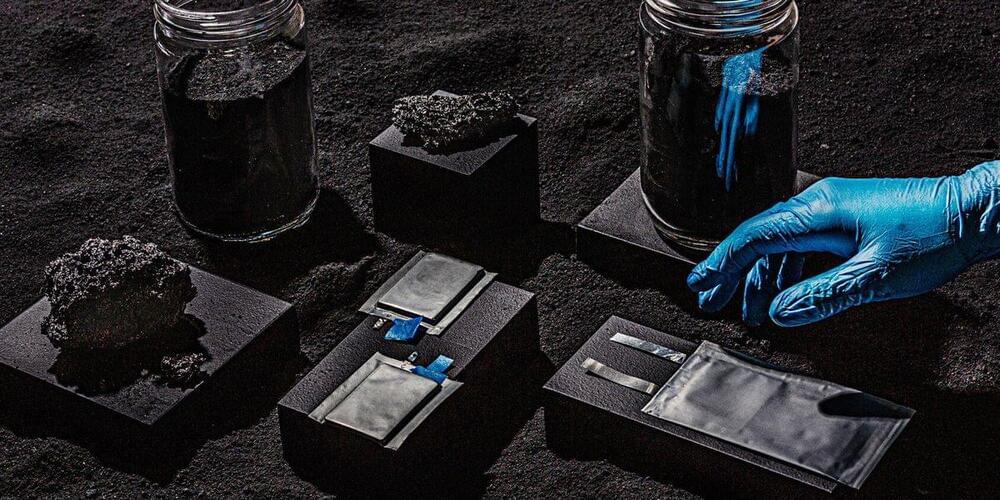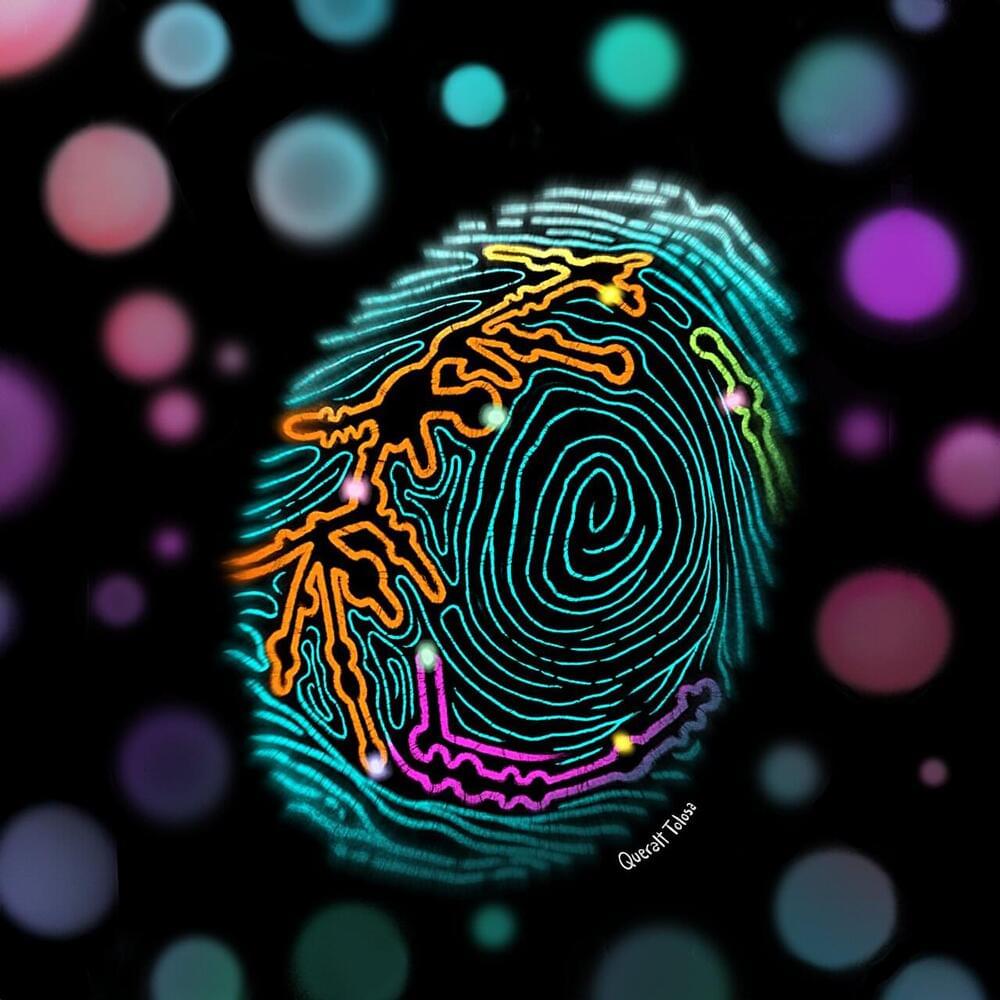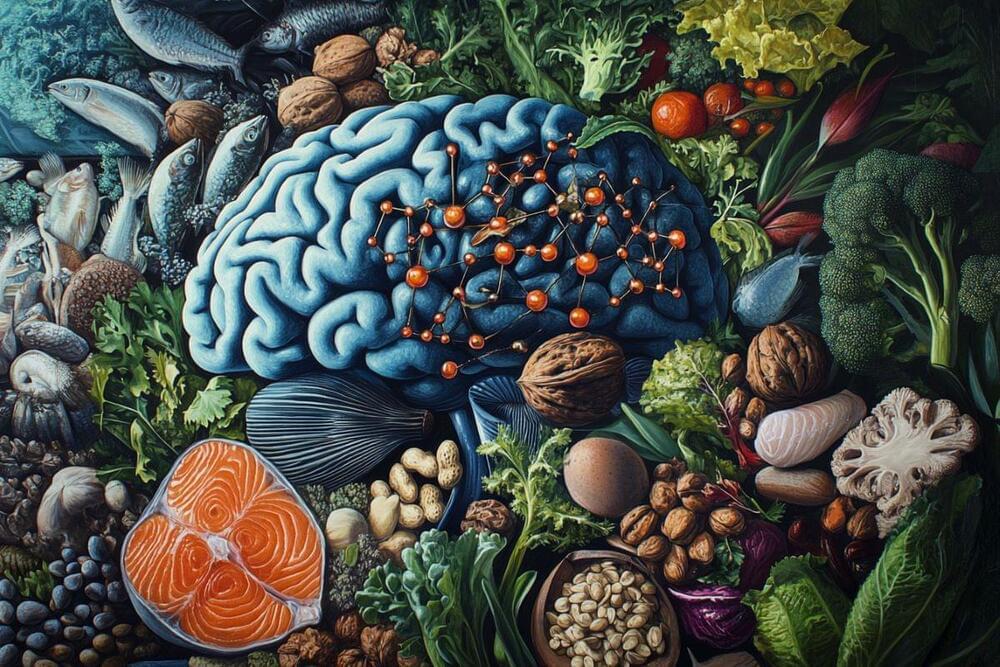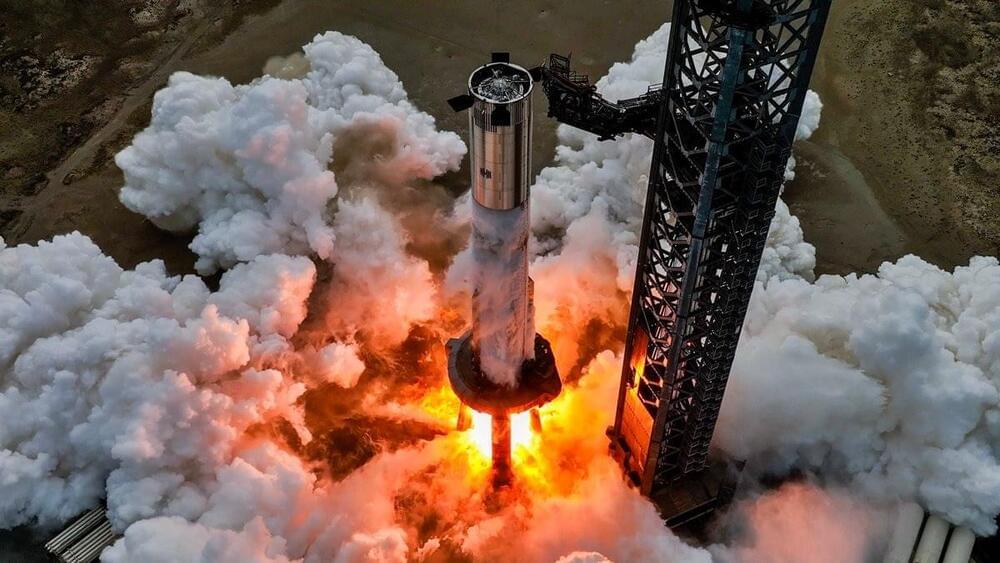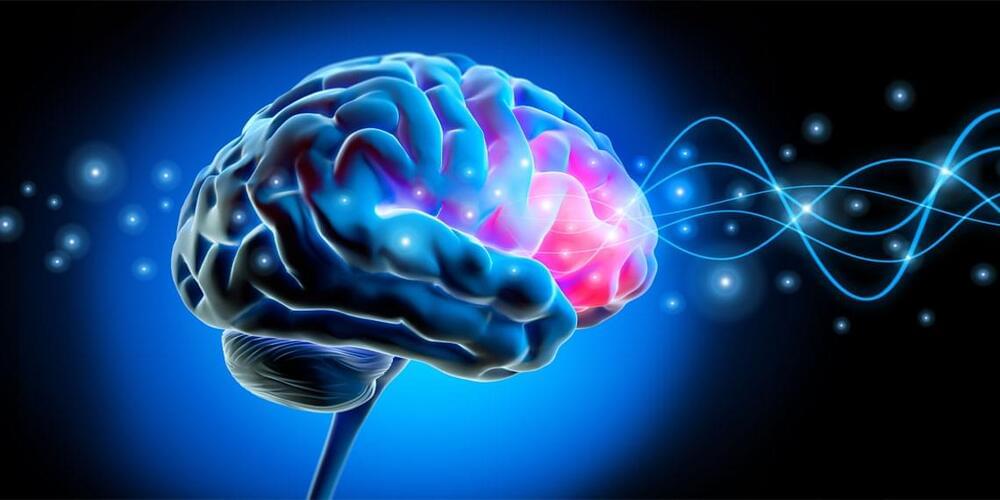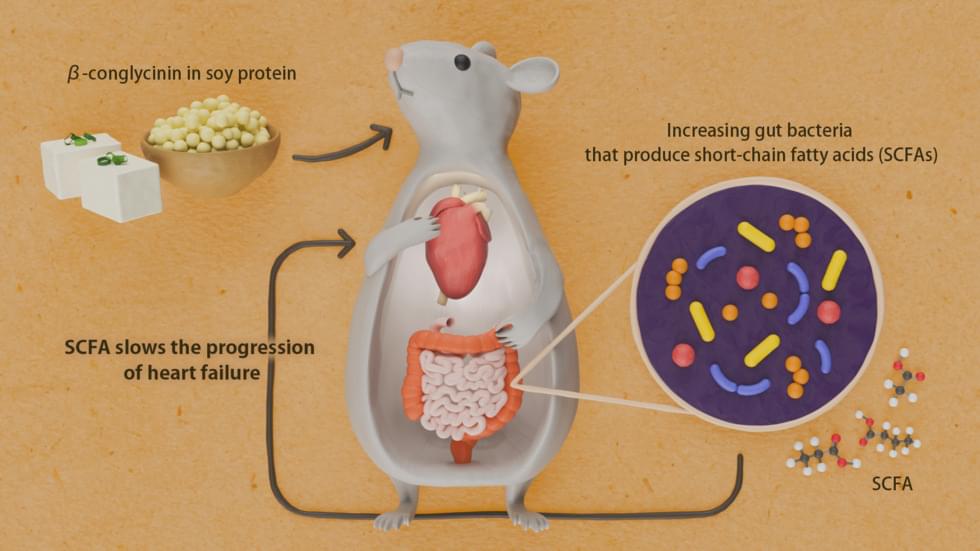The company has unveiled plans for a new data center in Richland Parish, Louisiana, marking a significant expansion of its global infrastructure. The $10 billion investment will be Meta’s largest data center to date, spanning a massive 4 million square feet. This state-of-the-art facility will be a crucial component in the company’s ongoing efforts to support the rapid growth of artificial intelligence (AI) technologies. Meta did not disclose an estimated completion or operational date for this facility.
The new Richland Parish data center will create over 500 full-time operational jobs, providing a substantial boost to the local economy. During peak construction, the project is expected to employ more than 5,000 workers.
Meta’s decision to build in Richland Parish was driven by several factors, including the region’s robust infrastructure, reliable energy grid, and business-friendly environment. The company also cited the strong support from local community partners, which played a critical role in facilitating the development of the data center.
